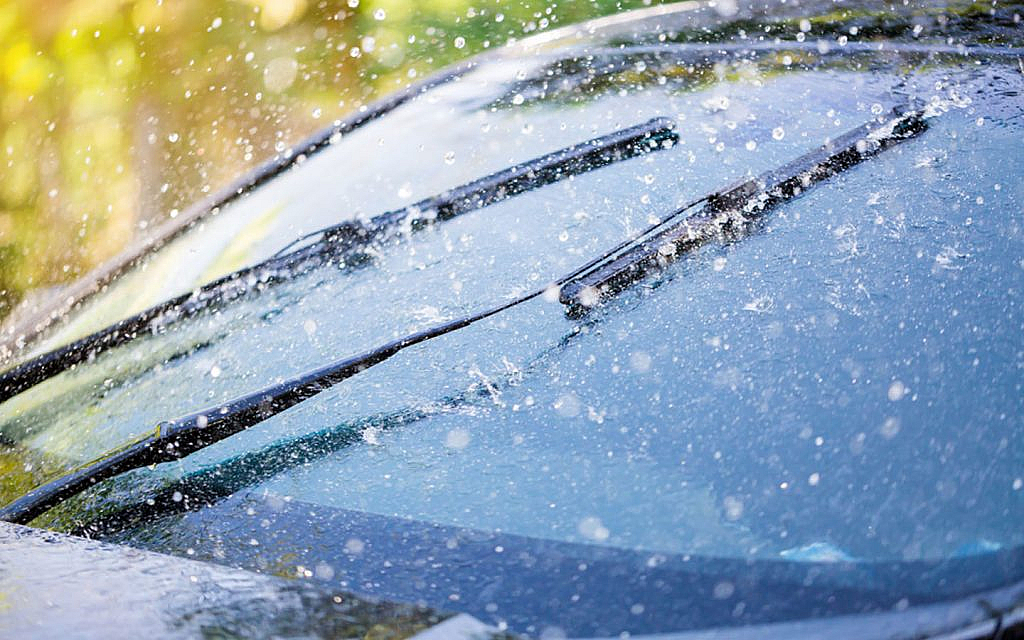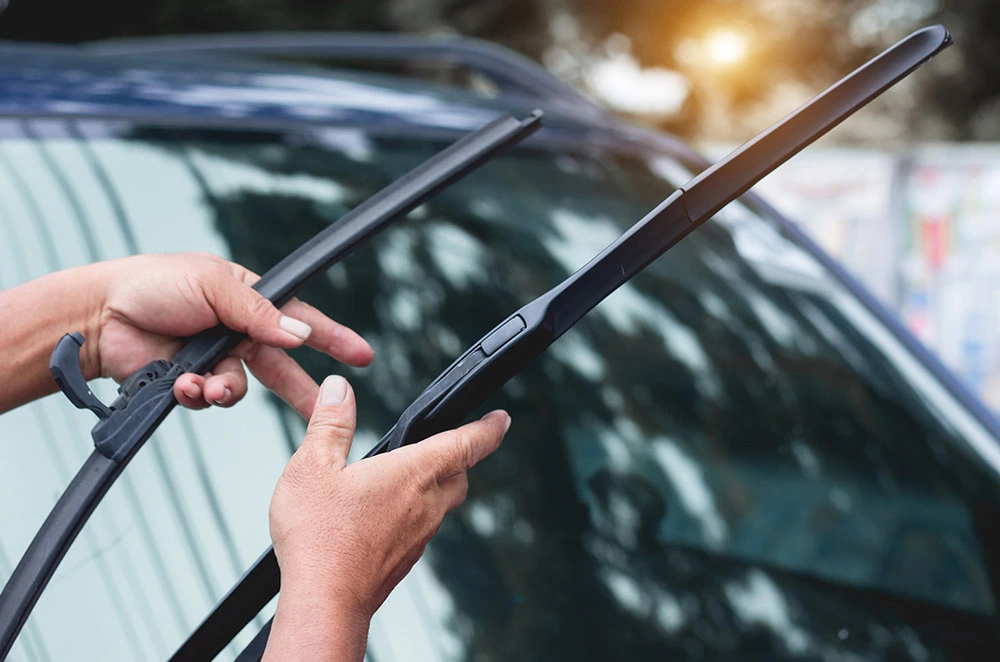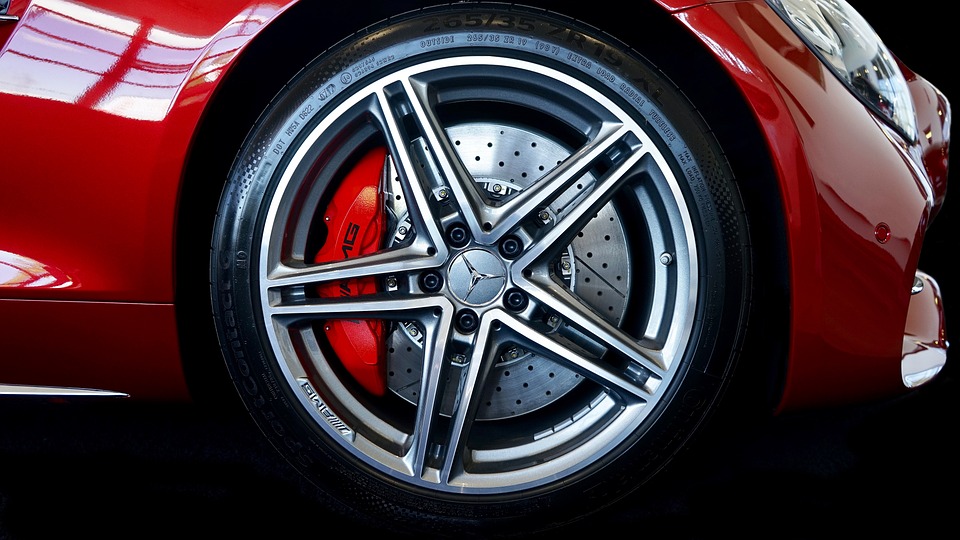Wiper blades might seem like a minor component of your vehicle, but they play a crucial role in ensuring your safety on the road. They maintain visibility during rain, snow, or dust storms, effectively clearing your windshield and allowing you to drive with a clear view. Neglecting the condition of your wiper blades can lead to hazardous driving conditions and increase the risk of accidents. In this article, we’ll explore the importance of wiper blades, the various types available, tips for maintaining them, and how often you should replace them.
Importance of Car Wiper Blades
Wiper blades are essential for safe driving. During adverse weather conditions, they ensure your windshield remains free from water, snow, dust, and other debris that can obstruct your vision. Without functioning wiper blades, even the most experienced driver would struggle to maintain a clear view of the road. Regularly inspecting and replacing your wiper blades ensures that they perform optimally when you need them most.
Worn or damaged wiper blades can cause streaks or smears on your windshield, reducing visibility. In some cases, the metal parts of the blade can come into direct contact with the glass, leading to scratches that further impair your view. It’s crucial to replace your wiper blades as soon as they start showing signs of wear to avoid these issues.

Types of Car Wiper Blades
There are several types of wiper blades available on the market, each designed to meet different needs and vehicle types:
- Conventional Wiper Blades: These are the most common type of wiper blades, featuring a rubber blade attached to a metal frame. The frame provides support to the blade, allowing it to conform to the curvature of the windshield. Conventional wiper blades are affordable and widely available, making them a popular choice for many drivers.
- Beam Wiper Blades: Beam blades are a more advanced option, featuring a single piece of rubber without a metal frame. This design allows for better contact with the windshield, providing a more even wipe. Beam blades are particularly effective in harsh weather conditions, such as heavy rain or snow, as they are less prone to lifting off the windshield.
- Hybrid Wiper Blades: As the name suggests, hybrid wiper blades combine the features of conventional and beam blades. They have a metal frame like conventional blades but also include an outer cover that provides aerodynamic stability, similar to beam blades. Hybrid wiper blades offer improved performance in various weather conditions and are a good middle-ground option.
- Specialty Wiper Blades: Some vehicles require specialty wiper blades designed for specific windshields or climates. For example, winter wiper blades are designed with a protective rubber cover that prevents snow and ice from accumulating on the blade. These specialty blades are ideal for drivers who frequently encounter extreme weather conditions.

When and How Often to Replace Wiper Blades
One of the most common questions about wiper blades is how often they should be replaced. As a general guideline, wiper blades should be replaced every 6 to 12 months. However, this timeframe can vary depending on factors such as climate, usage frequency, and the quality of the blades.
- Climate: In hot or extremely cold climates, the rubber on the blades can degrade faster. UV rays, heat, and freezing temperatures can cause the rubber to crack, harden, or warp, reducing the blade’s effectiveness.
- Usage: If you frequently use your wiper blades due to rain, snow, or cleaning needs, they may wear out sooner than expected. Heavy use can accelerate wear and tear, necessitating more frequent replacements.
- Quality: Higher-quality wiper blades often last longer than budget options. Investing in premium blades can reduce the frequency of replacements and provide better performance.
Signs that it’s time to replace your wiper blades include streaking, squeaking, or skipping during operation. If you notice any of these issues, it’s best to replace the blades immediately to ensure your visibility isn’t compromised.

How to Maintain Your Wiper Blades
Proper maintenance of your wiper blades can extend their lifespan and ensure they function effectively. Here are some tips to keep your wiper blades in top condition:
- Regular Cleaning: Dirt, debris, and even insects can accumulate on your wiper blades, reducing their effectiveness. Clean the blades regularly with a damp cloth or sponge to remove any buildup. This simple step can significantly improve their performance and extend their lifespan.
- Inspect for Wear and Tear: Regularly inspect your wiper blades for signs of wear, such as cracks, tears, or a rough edge. If you notice any damage, replace the blades immediately. Even minor wear can result in streaking or smearing, reducing visibility.
- Replace Wiper Blades Annually: As a general rule, wiper blades should be replaced at least once a year, even if they appear to be in good condition. Over time, the rubber can become brittle, leading to reduced performance. Replacing them annually ensures that your wiper blades are always in peak condition.
- Check for Proper Installation: Incorrectly installed wiper blades can cause uneven pressure on the windshield, leading to poor performance. Make sure your wiper blades are securely attached and properly aligned. If you’re unsure about the installation process, consult your vehicle’s owner manual or seek professional assistance.
- Use a Windshield Washer Fluid: Always use a windshield washer fluid that is designed to work in conjunction with your wiper blades. Avoid using water alone, as it can freeze in cold temperatures and may not effectively remove grime. A good washer fluid will help keep your windshield clear and your wiper blades functioning optimally.
Conclusion
Car wiper blades are an essential component of vehicle safety, yet they are often overlooked. Understanding the different types of wiper blades, knowing when to replace them, and following proper maintenance routines can make a significant difference in your driving experience. Regular inspections, timely replacements, and proper care ensure that your wiper blades perform effectively, providing you with a clear view of the road and enhancing your safety. Don’t wait for a rainy day to discover that your wiper blades need attention—stay proactive and keep them in top condition year-round.
Also Read: Everything You Need to Know About Car Alloy Wheels










